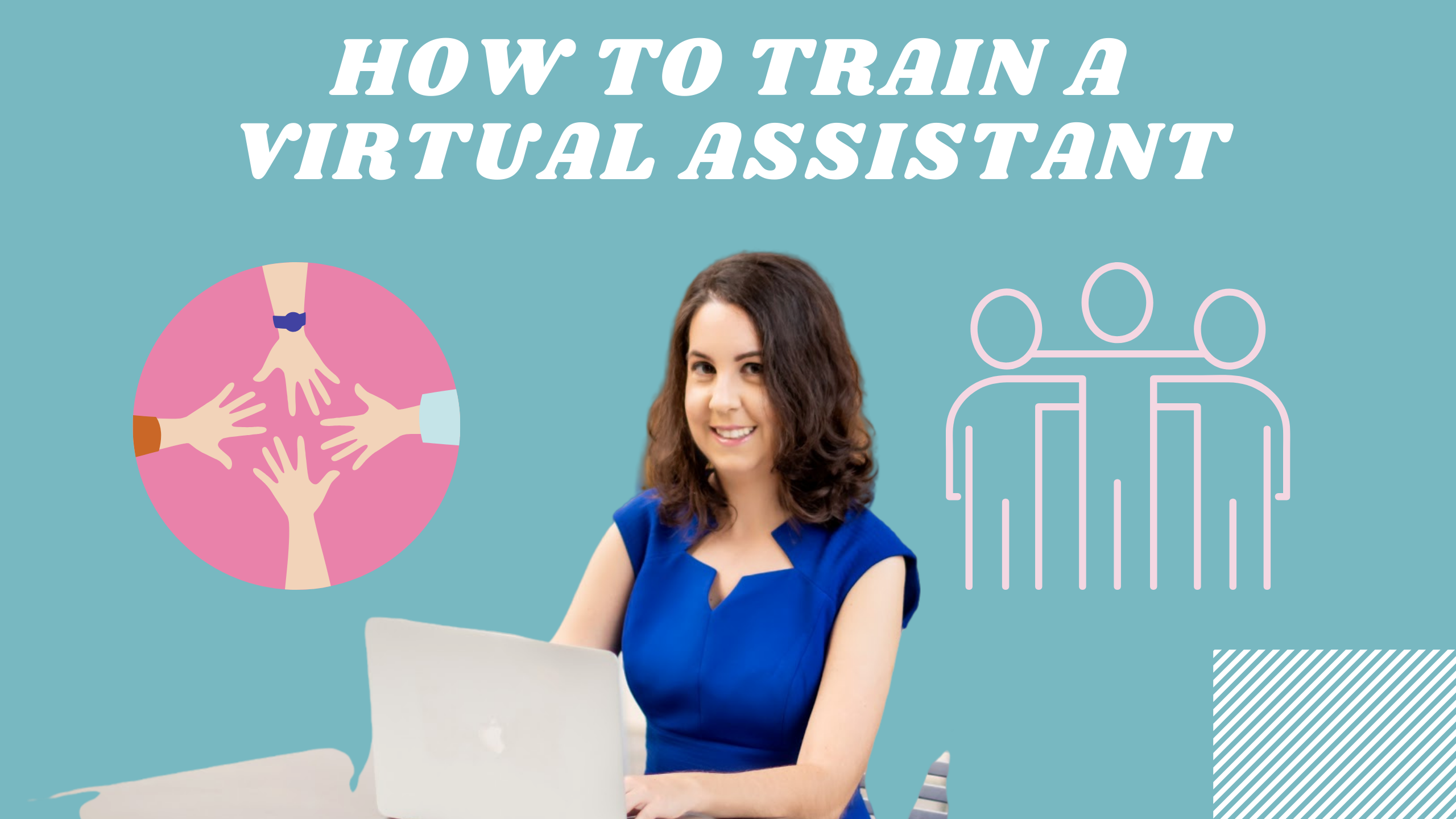

FREE guide
Learn how I got 300 leads in a day with referral partners.
This free guide details the 8 step process I used to build a network of referral partners that have sent me up to 300 leads in a day.
Welcome to our weekly segment on scaling your small business! This week we’ll be discussing how to train a virtual assistant. After all, it’s no secret that virtual teams are all the rage these days due to the Covid-19 pandemic.
Now here is where I see a major problem with business. They end up hiring contractors and employees, but have no idea how to properly train them. This is something I’ve been asked quite a lot about as I started scaling my company at the end of 2018. Within a year and a half I went from myself and a brand manager to a team of nine. Everyone is virtual and we’re a really good team.
Before that, I was a part of virtual teams for years as a content marketer and freelance writer. I’ve also had long term virtual assistants in the past.
Why You Need a Virtual Assistant
Here’s the thing. Businesses eventually reach a point where they need to outsource. Now if you’re just starting out and not making decent money yet, this is not for you. This is for those of you who have too much on your plate and not enough hours in the day.
In last week’s segment we covered the cost of not hiring people when you need it. By doing a bunch of stuff you as the owner don’t need to be doing you’re taking time away from earning more money. For example, a virtual assistant can do customer service, admin work, social media, invoicing and all the little things that take precious time away from income generating activities.
The truth is if you want to grow a business you need to grow the team. And for many of you, it starts with a virtual assistant.
How to Train a Virtual Assistant
So let’s say you have hired your first virtual assistant (preferably one that underwent some sort virtual assistant training for her craft). Now it’s time to train her! Let’s manage some expectations first.
- Do not assume you can just walk away and hand everything off at first. You will need to be around in the beginning.
- Also, at some point you DO have to let go of the reins. No one likes a micromanager.
As with most things, the sweet spot is in the middle of two extremes. I’d say maybe the first 30 days you’ll have to be more involved and then you can start stepping back. You have give them wings and let them fly.
Okay, now that we’ve managed expectations let’s get into how to train a virtual assistant.
Set your expectations of them.
Hopefully by the time you’ve hired your first virtual assistant you already know what needs to be outsourced. If not check out this post.
At your first meeting make sure your expectations are known. And don’t be afraid to challenge people. A-players like to step up and that’s how you know you got a good one.
For example, my assistant not only has tasks she helps me with, she also has her own goals she must complete each week in order to move the company forward. Figure out what those goals are and set expectations.
Record tutorials.
Record yourself doing tasks so that you can hand off the tutorials to your new virtual assistant. This is a fantastic way to do virtual assistant training because they have a visual they can refer to moving forward instead of always asking you. This allows you to let go of the reins as well.
Let them make mistakes and handle challenges.
This is perhaps the most important part of virtual assistant training and it’s what separates great leaders from horrendous ones. You have to be okay with letting people make some mistakes. I know it’s hard. But it’s the only way they are going to learn to resolve the issue for themselves. This also how the cream rises to the top. If you want a team of top players you need to see who can handle it.
Looking for more assistance with scaling and systems? Book a complimentary call with my team below.
